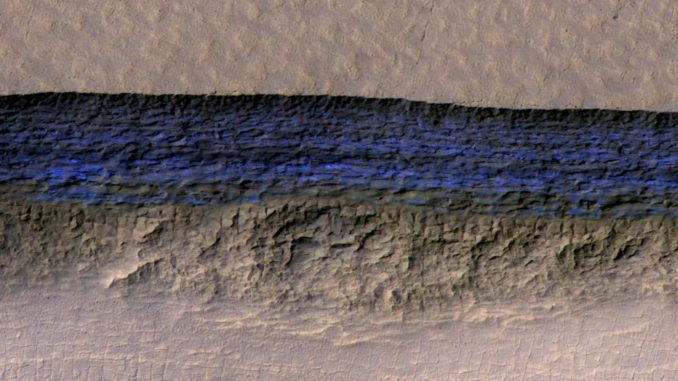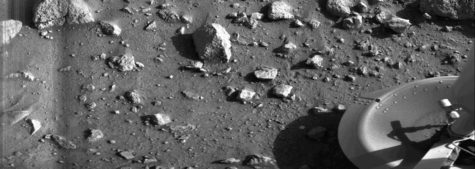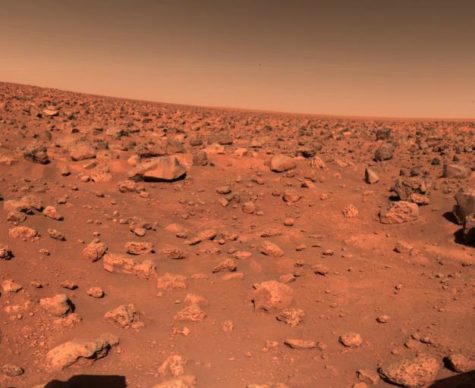
January 16, 2018
For decades, the surface of the Red Planet has seemed foreign and mysterious as something out of a Star Wars film. The first photographs of Mars were taken in 1976, first in black-and-white and then in color, and they portrayed a rocky terrain similar to that on the surface of the moon.

Over the years, rovers and orbiters have helped us learn more about our closest neighbor in the solar system. We now have higher-resolution images of the planet’s surface, knowledge about which elements form its surface and core, and ideas of what the Red Planet may have been like eons ago. In the early 2000s, scientists discovered large quantities of ice on Mars. A few years later, in 2015, it was discovered that flowing water existed on Mars too. And now, with the help of NASA images, a team of American researchers have discovered that large reservoirs of water exist just below the planet’s surface.
Scientists from an Arizona branch of the United States Geological Survey have determined that water reserves, in the form of ice, lie as close as 32 feet beneath the surface of Mars. From discoveries within the past twenty years, scientists were already aware that water in both frozen and liquid forms lay hidden within the Red Planet, but the proximity of the water to the planet’s surface is a game changer for future research and exploration of the planet.

NASA has long considered a manned mission to Mars, but the challenges posed by lack of resources served as a hurdle in potential plans for such a task. However, with water so close beneath the planet’s surface, astronauts could potentially access the water. The researchers’ find is particularly exciting because the newly discovered reserves are located near the equator of Mars, not near its poles, meaning that colonization of Mars is one step closer to a reality as well. The region closer to the planet’s equator has temperatures more hospitable to human inhabitants, whereas the areas closer to the poles would have harsher temperatures.
This new knowledge has scientists scrambling at the prospect of a mission to Mars. NASA now hopes to launch a year-long manned mission to Mars to confirm the ability of its crews and its spacecrafts to travel beyond the moon, to other regions of our solar system, sparking hope for another giant leap for mankind.

Leave a Reply